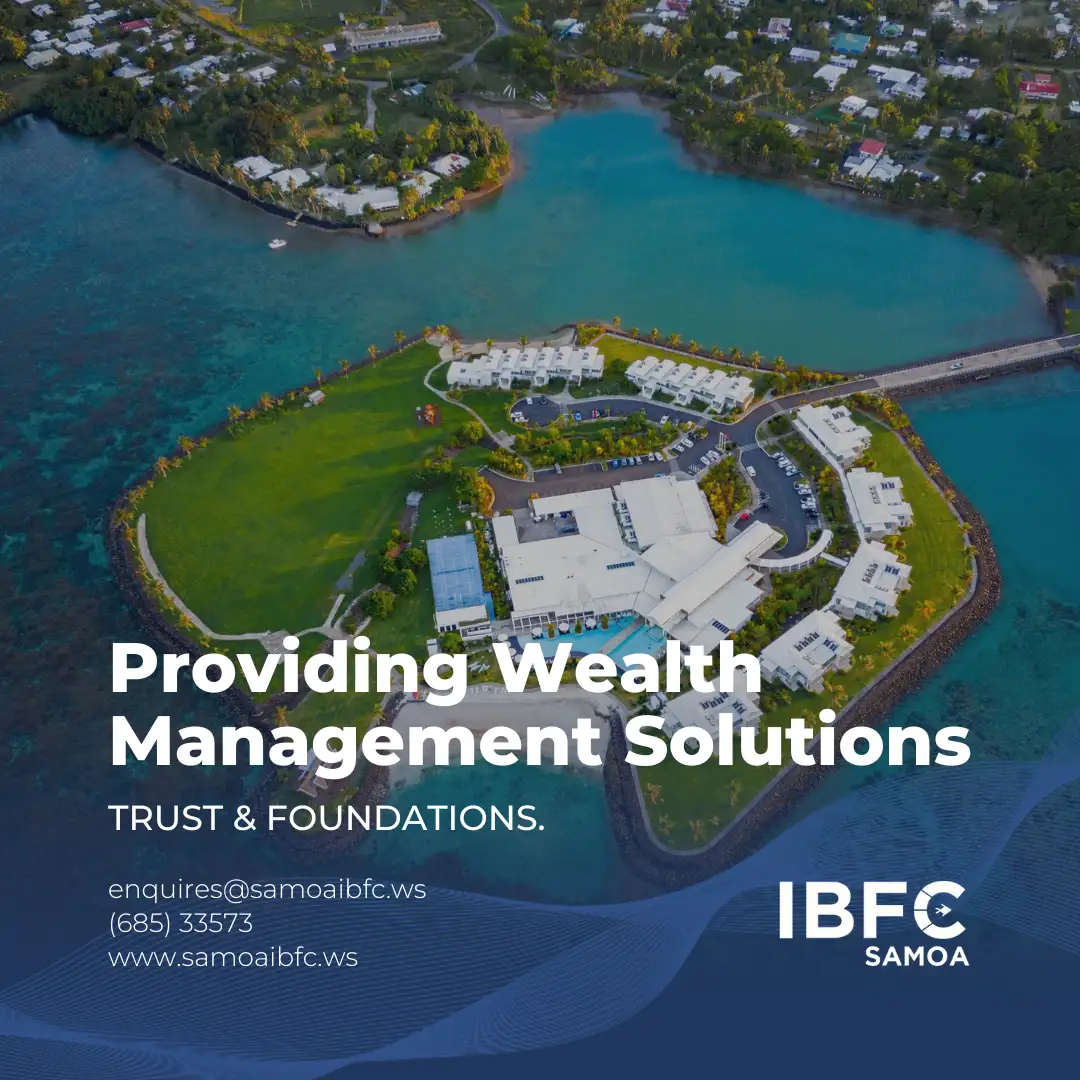As we step into 2025, the private equity (PE) sector anticipates significant changes in the exit environment, distributions, dry powder, valuations, and the broader investment climate. John Lidington of Man Group shares his insights on what we might expect in the coming year.
Improving Exit Environment
The expectation for 2025 is an improvement in the exit environment for PE-backed companies. This optimistic outlook follows several sluggish years, suggesting there’s potential for growth. Historical data indicates a need for an upturn, particularly given the significant capital awaiting deployment and the pressure on general partners (GPs) to realize investments. Amid uncertainties such as inflation and interest rates, a spike in exits, particularly from high-performing investments, is likely.
Increase in PE Distributions
Investors have faced disappointments concerning distributions from PE investments in recent years, correlated with the slowdown in exits. With anticipated improvements in the exit environment, 2025 could see an increase in distributions as GPs strive to meet investor expectations and return capital through the exit of investments at attractive valuations.
Decrease in Dry Powder
The vast reserves of unspent capital, or dry powder, are expected to decrease as the deal-making environment improves and more capital is deployed. Although historically there has been a lot of talk about reducing dry powder quickly, the actual deployment has been slower than anticipated. However, with fundraising slowing in 2024 and an optimistic outlook for deal-making in 2025, we may finally see significant deployment of these funds.

Elevated Valuations Continue
Despite fluctuations, buyout purchase price multiples remain high, driven by the abundance of dry powder and the performance of public equity markets. High valuations pose both a challenge and an opportunity within the PE sector, influencing the strategic decisions of GPs.
Interest Rates as a Pivotal Factor
Interest rates continue to play a critical role in shaping the PE landscape. The potential for higher-than-expected interest rates could impact deal financing and the overall attractiveness of PE investments. While there is uncertainty in interest rate projections, the impact of sustained high rates could be significant, particularly for PE-owned companies with considerable floating rate debt.
Broader Trends and Predictions for 2025
Aside from these specific predictions, broader trends suggest a shift in how investments in PE are viewed and managed. There is a growing scrutiny over fees and the alpha generated by PE investments, particularly if the sector experiences another sluggish year. This could lead to a shift in pricing power towards larger limited partners (LPs) who are exploring more cost-effective and direct ways to invest in PE.
Furthermore, we might see an increase in PE investment from retail investors, facilitated by regulatory changes that lower barriers to entry. This expansion could lead to more diversified and accessible PE offerings but also bring about enhanced regulatory scrutiny, especially concerning fee transparency and performance calculations.






